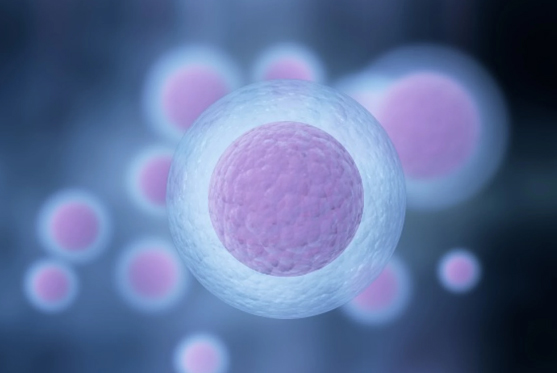
With modern reproductive science, women can now preserve their fertility to plan motherhood at their preferred time. This involves storing eggs, embryos, or ovarian tissue in controlled laboratory conditions for future use, offering flexibility and control over reproductive choices.
Fertility preservation is especially important for women facing medical treatments like chemotherapy or radiotherapy, which can harm ovarian function. By preserving eggs, embryos, or ovarian tissue beforehand, women can pursue pregnancy later through IVF or natural conception with preserved tissue.
Egg freezing involves hormonal stimulation over 10–12 days to produce multiple mature eggs. Retrieved eggs are frozen and stored in liquid nitrogen, ready for future fertilization when the woman chooses to conceive.
Mature eggs are fertilized with a partner’s sperm via IVF to create embryos. These embryos are then frozen and stored for future transfer into the uterus when the couple is ready for pregnancy.
Small samples of ovarian tissue are harvested and preserved in liquid nitrogen. When reimplanted, usually within nine months, the tissue may resume hormone production and follicle development, potentially allowing natural conception. This technique is still considered experimental.
Frozen eggs and embryos are stored under strict quality-controlled conditions. Cellular activity is nearly halted during freezing, ensuring safety and integrity. These stored samples are reserved exclusively for future reproductive use and are not used for research.
Preserved eggs are thawed and fertilized through IVF, then transferred into the uterus for implantation. Frozen embryos can be directly implanted. For ovarian tissue preservation, reimplanted tissue may resume ovulation, enabling natural conception or assisted methods like IUI. Pregnancies proceed like natural conception with routine obstetric care.